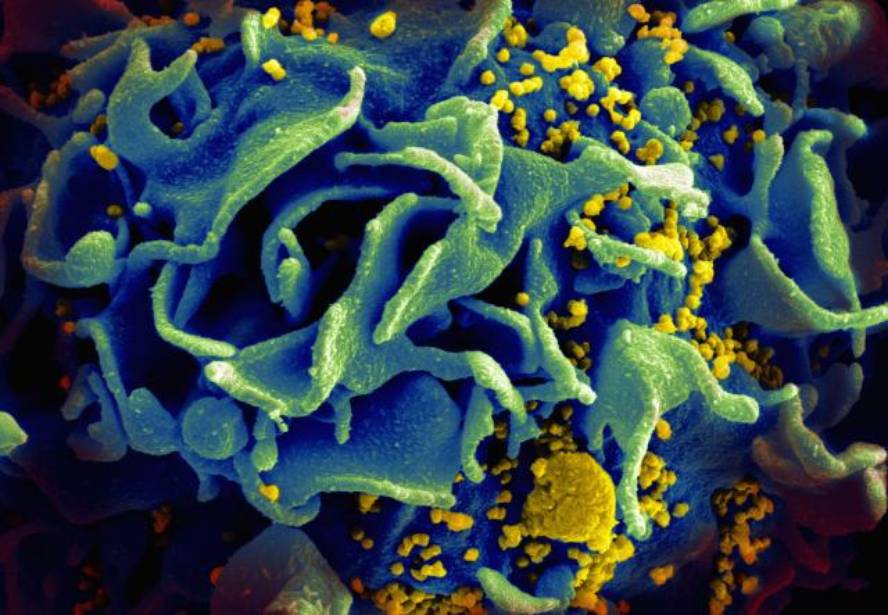CRISPR against HIV
The CRISPR genome editing technique has once again shown its potential: The journal Nature Genetics has published that thanks to this technique an individual examination of all the genes of T lymphocytes has been carried out, identifying the factors that may be key to combat HIV infection.
The study has identified five T-cell genes. Two of them were known but not identified until three others. These genes are key because deactivated by the virus cannot infect T cells, but at the same time these genes do not condition the viability of T lymphocytes, which remain alive even closing them. Therefore, the use of T lymphocytes with these mutated genes could serve to design effective drugs and therapies to combat HIV infection.
The use of antiretroviral combination therapy has saved the lives of millions of people with AIDS, but science has yet to prevent the emergence and spread of new drug-resistant virus dross. Researchers at the University of Massachusetts have created on this occasion a certain library of T lymphocytes using the CRISPR technique, demonstrating that the technique of this type of genetic explorations is very powerful. At the moment, it could serve to create new drugs or gene therapies to fight AIDS.






